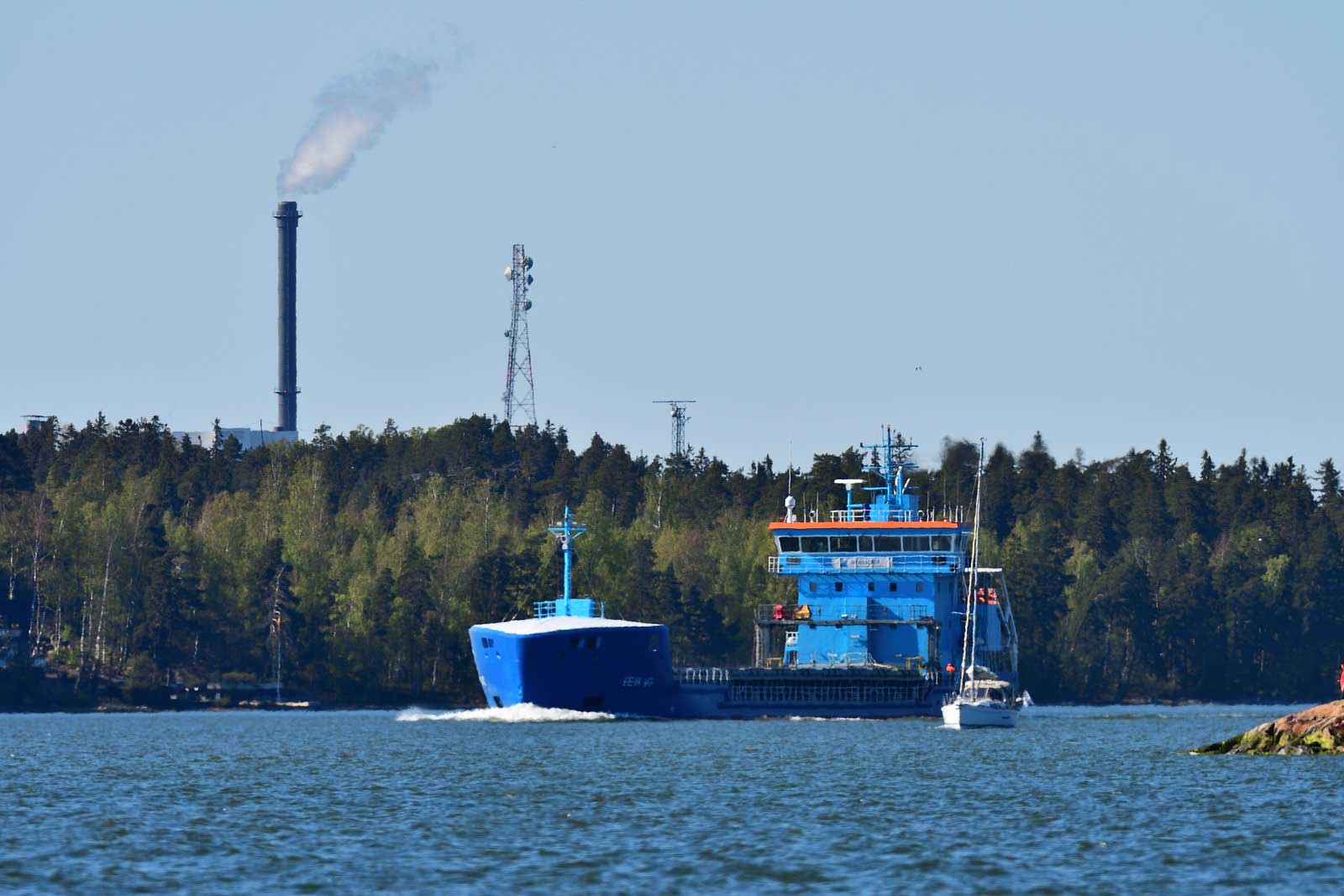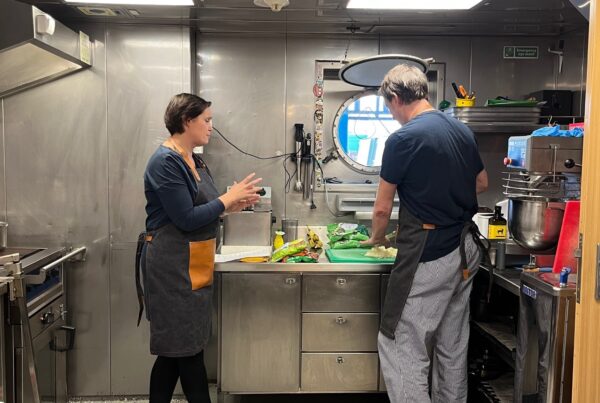The pressure to expand emissions trading to logistics and transportation is high. Last year, the EU proposed that shipping should be integrated into the European emissions trading scheme under an accelerated timetable. We still remember the mistakes made in the preparation of the Sulfur Directive. It did not take into account other emissions that are harmful to the climate and the environment. Open loop sulfur scrubbers transferred sulfur from the air to the sea, which significantly increases local load, especially in port use. This has worsened water quality in certain sea areas. That is to say that with Sulfur Directive very little environmental benefit was obtained, but investments and costs were incurred for industry and shipowners. In addition, both were moderately well supported by public funds.
In order not to repeat the same mistakes with greenhouse gas emissions trading, we must create a sustainable model that is based on more efficient transport performance and lower emissions. The calculation model can be created with modern data processing and big data management. In the simplest model, the base price consists of the amount of greenhouse gases produced per tonne of transported cargo per mile. This would lead to both economical but, above all, emission-minimizing and efficient transport, that would benefit both industrial customers and shipowners. The model would punish inefficient operations and the use of unsuitable tonnage. It may sound a bit harsh at first, but I believe that with this kind of market control and economic guidance, investments are made quickly and in sustainably improved systems. That would be an advantage for the Finnish industry and maritime cluster.
For the system to be fair it needs to be global, and it needs to apply to all vessels carrying cargo, including small tonnage. The zero level, or free of charge, would be the zero-emission, i.e GHG-neutral mode of transport. For example, the methane released with the use of LNG is a strong greenhouse gas. This system would direct gas-powered vessels to use biogas and, for example, Power to X.
Winter navigation and its special features are always under discussion up here in the North. However, we must bear in mind the ongoing global warming and milder winters; the need for high engine power is declining. It is not climate-sustainable that our ships consume unnecessarily large volumes of fuel throughout the year when they operate in ice conditions for only a few weeks a year. In the future, the engine power of vessels could be optimized for open water, and icebreaking capacity would ensure smooth traffic. Of course, we will need tonnage that will survive in ice conditions for still some time. The global emissions trading system, combined with more efficient use of transport capacity, will steer maritime transport in a sustainable direction and curb transport costs for industry.
I’ve been involved in the Finnish maritime cluster and ice navigation in particular for more than 40 years. With this experience I’m sure that using the above described model and being in the frontline in creating technology and developing operating models, the Finnish maritime cluster can strengthen its opportunities to make profitable business in a truly sustainable way.
Jussi Mälkiä
The Chairman of the Board of Meriaura Group
The blog post was originally published in Finnish in Turku University of Applied Sciences’ blog of the “Merikartta-project” webpage 20.1.2021
Teksti on alun perin julkaistu Turun Ammarikorkekoulun Merikartta – Meriklusteri hiilineutraalissa kiertotaloudessa-blogissa 20.1.2021
https://merikartta.turkuamk.fi/merikartta/









